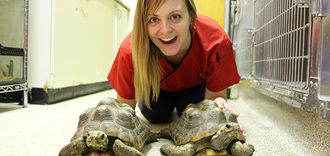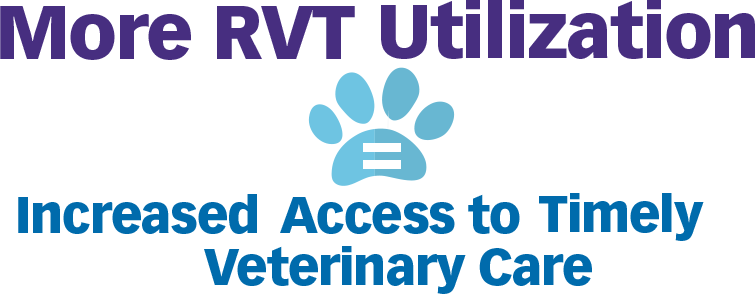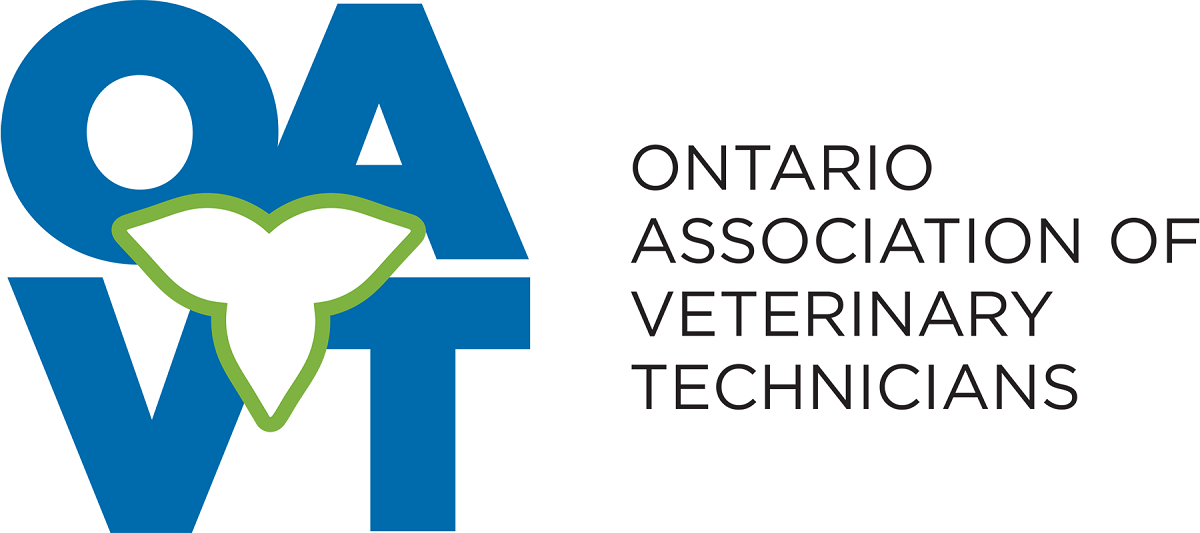What is an RVT?


Registered Veterinary Technicians are front line health care workers for your animals. They have completed rigorous training and a demanding registration process in order to achieve their high level of skill and knowledge in veterinary medicine.

Registered Veterinary Technicians are formally educated and trained professionals working as integral members of the veterinary health care team. Their education provides them with the theory and practical skills essential to offer the best possible medical care for animals. Some areas of their expertise include:
- Obtaining and processing diagnostic radiographs and ultrasound
- Administration and dispensation of medications and treatments as prescribed by the attending veterinarian
- Providing optimum husbandry, restraint and handling
- Anaesthetic delivery and monitoring
- Prevention and control of zoonotic diseases and biosecurity protocols
- Nutrition management
- Animal behaviour and welfare
- Breeding, reproduction, and neonatal care
- Professional practice administration, veterinary hospital management and client relations
- Diagnostic laboratory tests (hematology, clinical chemistry, cytology, and urinalysis)
- Routine, intensive and emergency care of animals
- Exotic animal medicine
- Extensive anatomy and physiology training
- Sanitation, sterilization and disinfection controls and procedures
- In depth knowledge of dental structures, conditions and lesions, causes and stages of diseases
- Surgical preparation and assistance
- Microbiology, immunology, bacteriology, parasitology, zoonoses, and virology

Veterinary practices employ staff in a number of different positions, including Registered Veterinary
Technicians, Receptionists, Animal Care Attendants and Veterinary Assistants. Of all of these roles,
only Registered Veterinary Technicians (RVTs) must complete all of the following steps to achieve and
maintain their registered status:
- Demonstrate they have graduated from an OAVT-accredited veterinary technology course
- Successfully complete the Veterinary Technician National Examination (VTNE) with a passing grade
- Complete the OAVT Professionalism and Ethics Workshop
- Submit a clear criminal record check
- Satisfy continuing education requirements on a bi-annual basis to maintain RVT status

Because RVTs are formally and extensively trained in areas that include, but are not limited to, anatomy and physiology, anesthesia and analgesia, emergency and critical care, small and large animal nursing, nutrition, imaging techniques, breeding, reproduction and neonatal care, biosecurity and animal welfare, pharmacology, and dentistry, full utilization of their skills and training can help lessen the demand on veterinarians’ time, increasing timely access to veterinary medical care.
How do I become an RVT
Whether you are an Ontario student or internationally trained graduate, learn about the five steps it takes to become a Registered Veterinary Technician.
Job Board
Search through Ontario’s #1 source for animal healthcare jobs. New jobs are posted daily.
RVT Registry
The official Registry of Ontario’s Registered Veterinary Technicians. All RVTs in good standing can be found in this searchable Registry.
